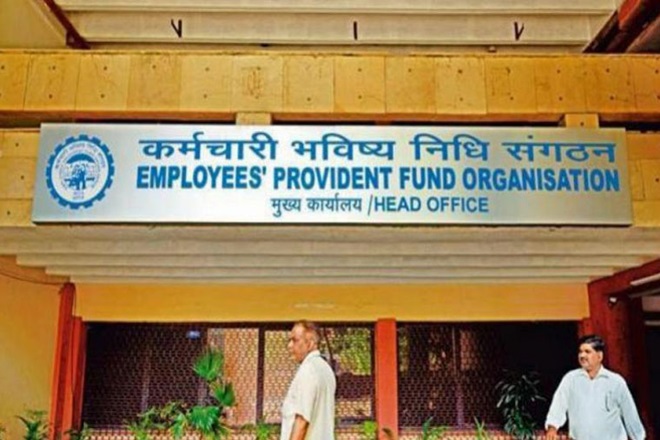Currently, employee contribution to provident fund is 12 per cent, while an equal percentage is contributed by the employer.
EPF Act: The provident fund (PF) structure in the country may witness a radical change soon. The government is working on a Bill that amongst several other changes proposes to reduce the PF contribution rate of both the employee and the employer. If the proposed changes are finalised and accepted by the government, the take-home pay could increase for the employees.

Present structure:
Currently, employee contribution to PF is 12 per cent, while an equal percentage is contributed by the employer. While employee provident fund (EPF) rules allow the employee to contribute up to 100 per cent of one’s basic pay, the employer need not match the enhanced rate of contribution.
Proposed:
The draft EPF Bill proposes to reduce the EPF rate of contribution to 10 per cent, both by the employee and the employer. Further, the draft bill also mentions that the government may notify a specific rate of contribution and the period for which such rate will apply for any class of employee. Saraswathi Kasturirangan, Partner, Deloitte India explains, “Under the existing provisions 12 per cent rate is widely applicable while the 10 per cent rate is notified for a select category of establishments. The proposed bill also calls this out. The bill also proposes to have different rates for a select class of employees for a limited period. This will be notified by the Central Government.”
Impact:
By reducing the PF contribution rate, the PF contribution calculation will show that the immediate impact will be on the take-home pay of the employee. If EPF contribution rate is reduced from 12 per cent to 10 per cent, the net monthly income will increase. “While the reduction in rate will result in an increase in take-home, we may have to wait and watch for the category of establishments that will be covered under the reduced rate,” says Kasturirangan.
There is a flip side to this too. PF is a kind of forced savings towards retirement. If the PF contribution is reduced, that much lower amount will move into one’s PF account and even the retirement corpus will be less, at a constant rate of growth. To ensure that you have adequate corpus for retirement, one will have to fund retirement using equity mutual funds other investment avenues.
The Ministry of Labour & Employment has floated a draft bill aiming to amend the Employees’ Provident Funds and Miscellaneous Provisions Act, 1952. The Act, as and when it gets notified by the government will be called the Employees’ Provident Funds and Miscellaneous Provisions (Amendment) Act, 2019. As of now, the Employees’ Provident Funds & Miscellaneous Provisions (EPF and MP) Act, 1952 applies to every establishment which has 20 or more persons working in it.
There are other proposals too in the draft bill which may negate the impact and could even lower the take-home pay. It remains to be seen what shape does the EPF Act finally takes.











